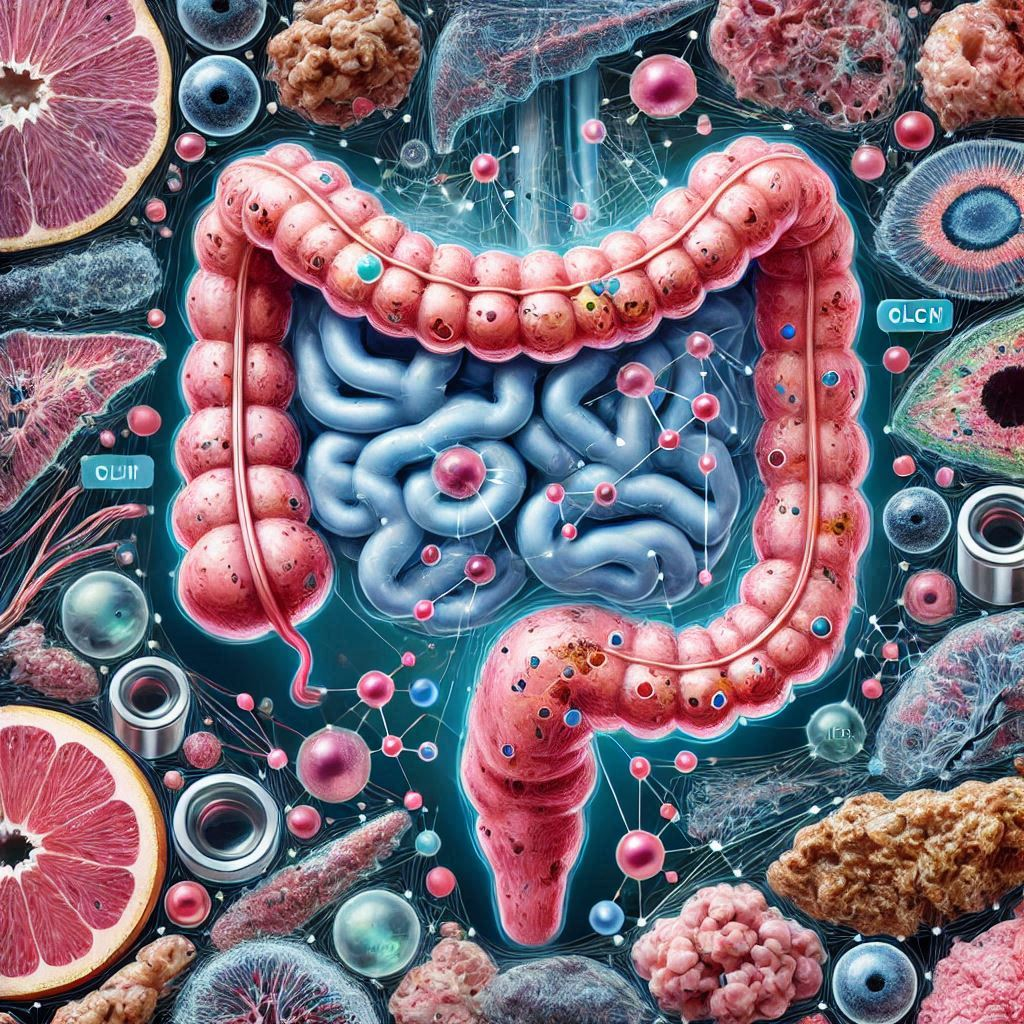
Recently, a groundbreaking study titled "Deep learning model with pathological knowledge for detection of colorectal neuroendocrine tumor" has been published in Cell Reports Medicine, highlighting a novel deep learning approach to differentiate between colorectal neuroendocrine tumors (NET) and colorectal cancer (CRC). This distinction is crucial due to the significant differences in treatment strategies and prognosis between the two conditions. The study conducted by a team led by Professor Cai Muyan from the Sun Yat-sen University Cancer Center introduces a deep learning model that leverages pathological knowledge to enhance the accuracy of tumor detection.
The research presents a model that integrates pathological report text features with tumor tissue image features to improve diagnostic accuracy. The team employed attention mechanisms and fusion methods to consolidate diverse pathological features, conducting 10-fold cross-validation on multiple datasets to assess model performance. The results indicate that the model enhances computational efficiency and diagnostic performance and demonstrates robust generalization capabilities across internal and external datasets.
The study's methodology involved collecting pathological information from over 1500 colorectal NET and CRC patients from three medical centers. The internal dataset, Internal-FAH, comprised 130 NET patients and 420 CRC patients from the First Affiliated Hospital of Sun Yat-sen University. External validation sets, External-CC and External-TCIH, included patients from the Sun Yat-sen University Cancer Center and Tianjin Medical University Cancer Hospital, respectively. Additionally, a biopsy dataset, Biopsy-CC, was used to evaluate the model's potential in early screening.
The deep learning model exhibited exceptional performance in distinguishing NET from CRC, with an area under the receiver operating characteristic curve (AUROC) of 0.9974 in the Internal-FAH dataset. The model maintained high accuracy in external datasets, with AUROC values of 0.9724 and 0.9513, respectively, highlighting its strong generalization ability. The model's efficiency was further enhanced by its ability to automatically select diagnostic-relevant image patches, reducing the computational load and improving data processing efficiency.
The study's main contributions include the development of a deep learning model that significantly improves the diagnostic accuracy of NET and CRC. By intelligently selecting key image patches, the model reduces unnecessary testing and enhances its generalization and interpretability capabilities. This advancement supports clinical decision-making and demonstrates potential in early tumor screening, propelling the field of pathological image analysis forward.
The findings of this study, if validated in larger and more diverse populations, could revolutionize the approach to tumor detection and risk assessment, leading to more personalized and effective screening strategies. This research underscores the transformative potential of AI in medical diagnostics and the importance of interdisciplinary collaboration in advancing cancer detection and prevention.
